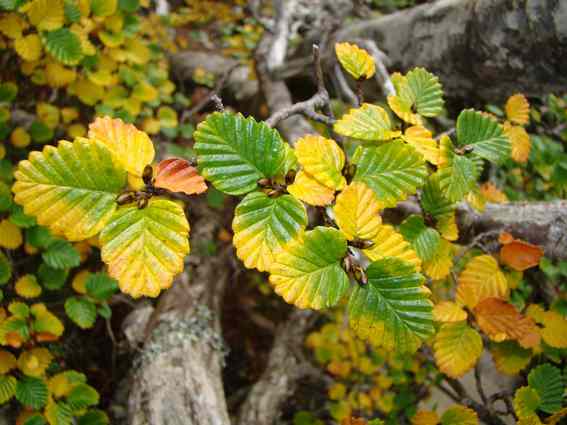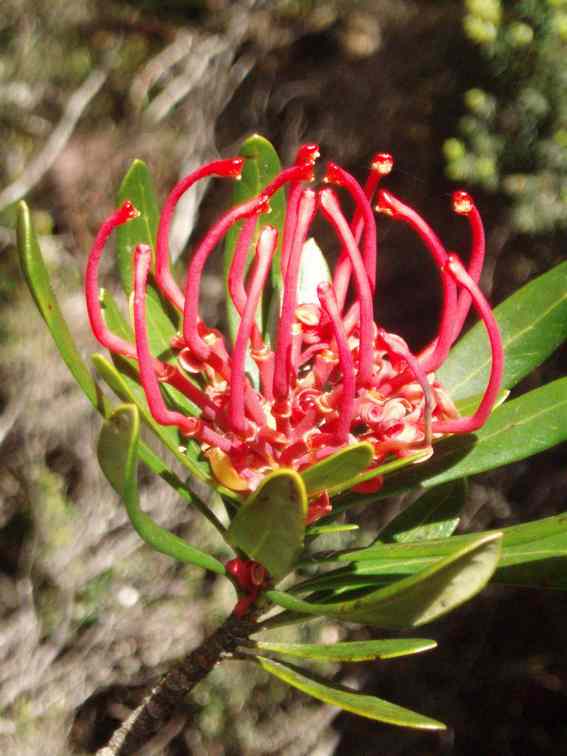The ‘best’ season for hiking Tasmania’s Overland Track is as personal as your scroggin mix. Some thrive on the cold and solitude of winter, others on the long days and bustling huts of summer. Each season has its pros and cons.
Summer
Summer is the most popular season to walk the track. Many wildflowers are in bloom, carpeting the plains in vivid colours. The days are long, providing more daylight hours in which to tackle the track’s interesting side routes – trails off the route’s main spine. The average maximum temperature is a relatively warm 16.3°C, with temperatures in the 30s not uncommon. Summer also has the least rain, about as half as much as winter.

The downside of hiking in summer is that the huts and campsites are often busy, although the booking system – which runs from 1 October to 31 May – ensures the track is never overrun. If you want to hike in summer make a reservation early; the track is often fully booked from December to late January. In peak season you have to walk the track from north to south (Cradle Valley to Lake St Clair).

Autumn
Autumn on the Overland is under-rated. Hikers can enjoy the spectacular golds and reds of the deciduous beech trees, usually at their best around Anzac Day. Apart from the Easter period, the track is less crowded than summer, and there can still be fairly good weather, especially in March. The first significant snow often falls in May (but snow can fall anytime on the Overland, even during the height of summer).



One of the best things about autumn hiking is the variety of fungi. You’ll see a huge range of shapes and sizes, the bright reds, oranges and yellows lighting up the dim rainforest.


Winter
Winter on the Overland is only for the hardcore. It snows frequently enough that the route can be hard to discern, especially in white-out conditions. Taking snow-shoes is advisable. The days get dark by 5pm, so there is less time to do sidetrips. Overnight temperatures can be as low as minus 9°C. Winter also has the most rain, making the track even wetter and muddier than usual.

On the other hand, in winter it’s likely that you’ll have the huts along the track to yourself, and be reasonably snug thanks to the coal or gas heater. You also have the freedom to walk the track in either direction and don’t have to pay the $200 Overland Track booking fee which is required during peak season. Winter also provides the occasional crisp, clear day which reveals the full majesty of the snowy landscape.
Spring
September and October are usually the windiest months, with the conditions becoming more stable in November.

Some flowers, such as the Tasmanian waratah, begin to flower in late spring. In September you can walk the track in either direction and save yourself the booking fee.
As you can see, every season has its advantages and disadvantages. So what’s your favourite season to hike? Why?
Warwick Sprawson’s Overland Track guide is available from the OSP bookshop for $19.95. The full-colour guidebook includes track notes, maps, flora, fauna, history and geology.

Hard to beat summer for Tasmania, I think. By contrast, I did a hike in Corsica, at the very end of the season (early October), and was staggered that anyone would do it in the height of summer. Roasting hot and hundreds of people at every hut – not my idea of fun. Even at its absolute busiest, the Overland is still a peaceful wilderness experience with only 40 people per campsite. Stay in a tent and you’ll barely notice them.
Thanks Steve,
I’m planning a family trip in 2015. Can’t wait
Sacha